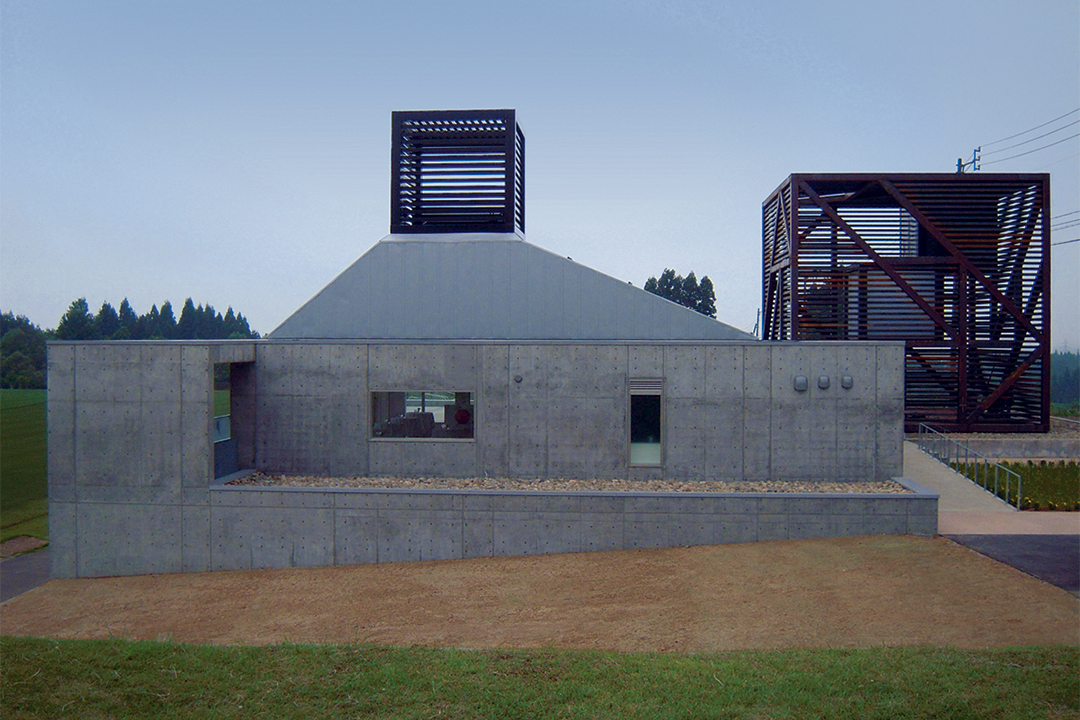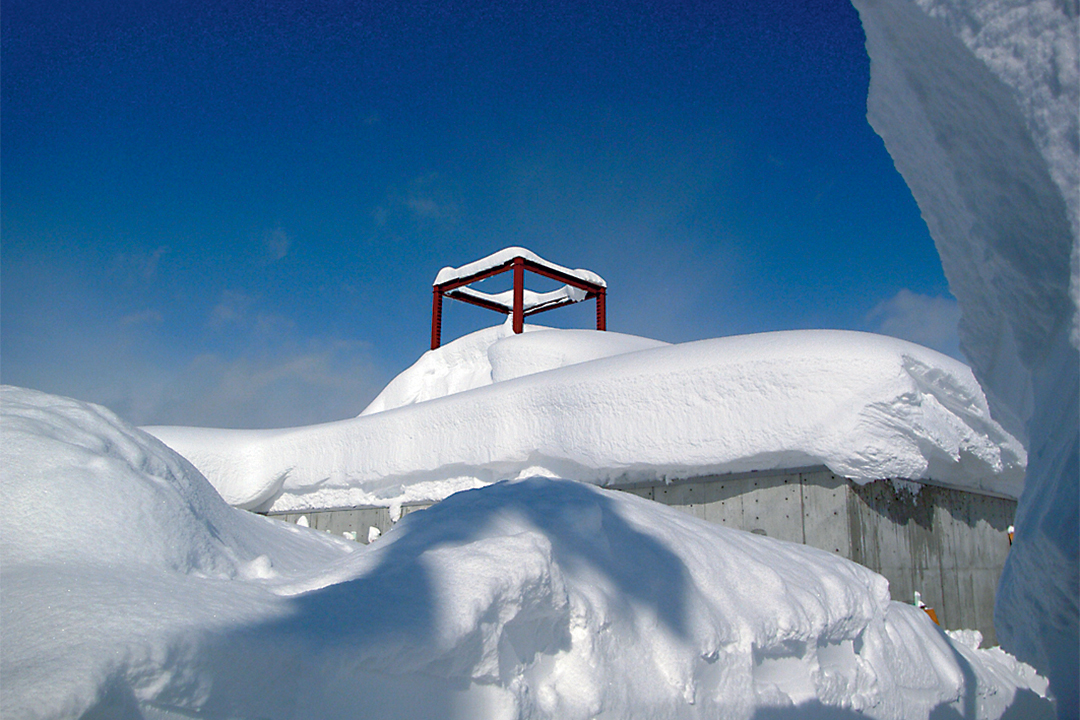Tokamachi is the true capital of friendship between Japan and Croatia.
I have never met people more in love with my country than the citizens
of this idyllic Japanese town in the kami-loaded hills and forests of Niigata.
Dr. Drago Štambuk
The Japan-Croatia Friendship House was completed in July 2012. It commemorates the friendship between Tokamachi and the Croatian national football team started in 2002.
It was the year of the Football World Cup in Japan and Korea. Tokamachi hosted the Croatian team for few weeks during training. This experience made people in Tokamachi great supporters of the Croatian team during the World Cup. Since they have maintained their fascination for both football and Croatia, the city municipality decided to lay a grass playing field, double the size of a football pitch. It is of high enough quality to invite professional matches as well as the national team. The city initially intended to build a clubhouse in a pragmatic sense. But when the city asked the Croatian ambassador (2005–2010), Dr Drago Štambuk, to let them use the name ‘Croatian Pitch’ for the playing field, he suggested they broadened the concept of the building from a club house to a ‘Japan-Croatia Friendship House’. Then Vinko Penezić and Krešimir Rogina were introduced to Tokamachi to be architects in charge.

I was glad, not only knowing that my friends had the chance to build something in Japan, but also knowing the story behind the building. The project emerged from a collection of good memories and people’s good intentions. It gives a strong reason for Tokamachi to build this building here and now.
This must be the most important question today in Japan: ‘Why are we building here and now?’ after experiencing the great Tohoku earthquake. This tragic event brought us back to think about the role of architecture as well as the architect. It reveals how architecture has committed to create the living conditions of people throughout the 20th century, especially after World War II. The rapid economic growth in the 60s, the bubble economy in the 80s and the IT bubble in the 00s all provided great opportunities to construct buildings in society. Then contemporary architecture had many opportunities for experimentation. This resulted in today’s highly esteemed quality of Japanese architecture. On the other hand, the huge amount of construction detached people from the sense of the groundedness of the place and narrowed architectural considerations to the artificial sphere. The question ‘Why do we make buildings?’ has been also raised within this context.
Tokamachi itself has been damaged in recent years by a large earthquake and typhoons. It also endures heavy snow every year, up to 3.5m deep. We are always struck by how the people and buildings in Tokamachi live their lives in this severe climate. They are very direct and honest in dealing with the snow. This regional sensibility for grounded architecture, which forms the basis of community, might conceive the framework of this project poetic and convincing.

Penezić & Rogina architects symbolize the heart of the project, the friendship between two countries, by the metaphor of handing a lantern (putting out the fire) from one, with an open frame, to the other, a skylight. This open frame is just symbolic without any specific function. This type of representation is totally unfamiliar in the Japanese architectural scene today. But we can learn from this unfamiliarity how the Japanese architectural scene is limited in the ideology of ‘here and now’. It is inevitable we question why we make buildings here and now, but the answer releases us from the limitation of here and now. The open frame bridges Tokamachi where heavy snow falls and Croatia where the bright sun shines, and the time of the World Cup 2002 and the future of Tokamachi. By bridging these two places and times, the Japan-Croatia Friendship House answers the fundamental question: why are we building here and now? I believe this is the great role of Architecture.
Tokamachi is a memorable place for me, too.
I once designed a thatched-roof community centre named ‘Hikari no Rakuya’ (house of sunshine) near the town.
In the building, we used washi as the partition from outside, rather than glasses, so that the landscape of the paddy field could be merged into the architecture.
Penezić & Rogina took a totally different approach to Tokamachi.
They tackled it with the idea of geometry.
And their geometry is unique in that it looks neither Japanese nor Western.
Because of this, I felt the sky was united with the earth once again.
Kengo Kuma